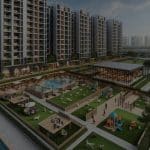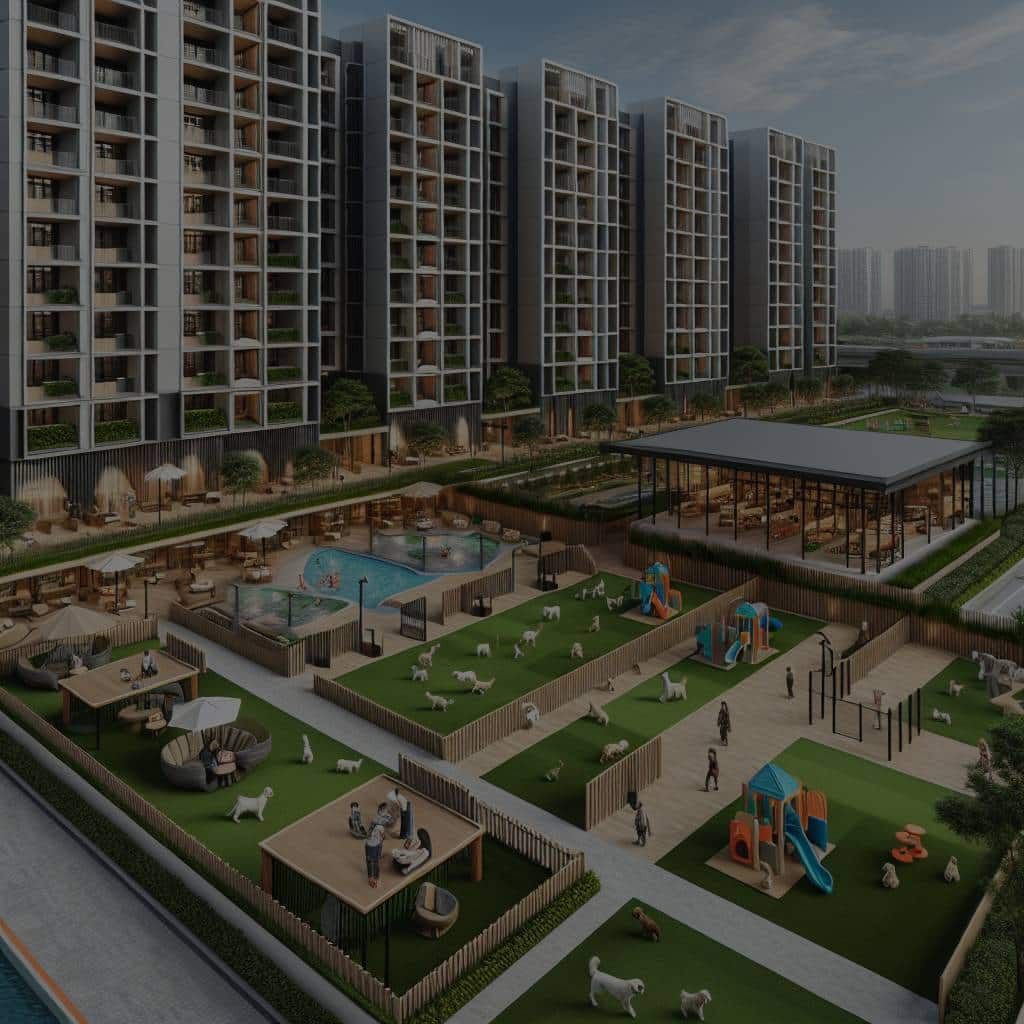There’s a growing trend among multi-unit residential establishments: the integration of pet care facilities. This is hardly surprising, considering a significant percentage of the population are pet owners. According to the American Pet Products Association, approximately 67% of U.S. households, or about 85 million families, own a pet. Thus, developers are increasingly recognizing the importance of creating pet-friendly environments. In the following article, we will dive deep into the subject of how to incorporate pet care facilities within multi-unit residential developments.
Understanding the Needs of Pet Owners in Residential Environments
Before embarking on the task of integrating pet care facilities into a multi-unit residential development, one crucial aspect needs to be understood: the needs of pet owners in residential environments. First and foremost, pet owners require space for their animals. This includes both indoor and outdoor areas where pets can play, exercise, and interact with other animals.
Also to see : What Are the Emerging Trends for Office Spaces in the Post-Pandemic Gig Economy?
Pets are also part of the home, so pet-friendly materials should be considered in housing units. These may include scratch-resistant flooring for cats, easy-to-clean surfaces for dogs, and secure windows and balconies to keep pets safe.
Residents may also need access to pet care services within the residential area. Rather than trekking to the nearest vet or pet store, having on-site facilities such as a pet spa, grooming salon, or veterinary clinic can be a huge advantage.
This might interest you : How to Design Child-Friendly Urban Residential Spaces?
Creating Pet-Friendly Housing Units
A significant step in integrating pet care facilities into multi-unit residential establishments is the design of pet-friendly housing units. Units should be designed with both the comfort of residents and their pets in mind. The inclusion of pet-friendly materials in the construction of the units is critical.
Consider using materials that can withstand the wear and tear that pets may cause. For instance, carpets may not be the best option for a pet owner as they can be damaged by claws or become soiled easily. Instead, materials like tile or laminate can be a better choice for flooring.
Additionally, the units could be designed with built-in pet amenities, such as pet doors leading to a small, enclosed outdoor area, built-in feeding stations, or even a dedicated space for a litter box or pet bed.
Incorporating Outdoor Pet Spaces
Another way to make residential developments more appealing to pet owners is by including outdoor pet spaces in the design. Green, open areas where pets can play or exercise are essential. These could be in the form of a designated dog park within the residential area, walking trails, or even a pet-friendly outdoor lounge area.
Including these outdoor spaces not only benefits the pets but also encourages interaction among the residents. It also promotes a pet-friendly community inside the residential development.
These outdoor areas should be planned with care. For instance, dog parks should have secure fencing and separate sections for small and large dogs. They should also be well-lit for evening use and contain bins for waste disposal.
Adding On-Site Pet Care Services
Having on-site pet care services is a major draw for pet-owning residents. This could include a range of services like grooming, daycare, training classes, and even a small veterinary clinic.
On-site pet care facilities can significantly enhance the convenience and attractiveness of a residential development for pet owners. It saves them time and effort in traveling to off-site locations for their pet care needs.
Moreover, these facilities provide an extra level of assurance to pet owners, knowing that they have easy access to care services for their pets, right at their doorstep.
Meeting Public Standards for Pet Care Facilities
Lastly, it’s important to ensure that the pet care facilities meet public standards and regulations. This includes health and safety standards, zoning regulations, and any specific rules set by local or national pet organizations.
For example, outdoor pet areas should be well-maintained to avoid any health hazards. Any on-site pet care services should be operated by certified professionals and meet any necessary health codes.
In conclusion, integrating pet care facilities into multi-unit residential developments involves careful planning and consideration. By understanding the needs of pet owners, designing pet-friendly housing units, creating enjoyable outdoor pet spaces, establishing on-site pet services, and meeting public standards, residential developments can successfully cater to the growing population of pet owners.
Ensuring Compliance with Development Standards and Zoning Districts
Efficient integration of pet care facilities into multi-unit residential developments does not stop at understanding pet owners’ needs, designing pet-friendly dwelling units, or creating outdoor spaces. There is also the critical aspect of compliance. This section focuses on how to ensure that the establishment of pet care facilities aligns with existing development standards and zoning districts.
Apart from meeting health and safety standards, residential developments integrating pet care facilities are bound by specific regulations according to state and local laws. For instance, in the state of California, there are zoning districts that determine the types of facilities and services that can be offered in a particular area. It’s crucial for developers to be aware of and respect these zoning laws when planning and designing pet care facilities.
For example, some areas might allow retail sales services such as pet food stores, while others may restrict these types of businesses. Similarly, areas designated as a farm animal environment might have restrictions on the types of pets allowed or the size of a pet daycare facility.
Additionally, developers must adhere to a set of development standards. These might include regulations on the floor area of the facility, the number of pets accommodated, waste disposal systems, and even the hours during which services can be offered.
It’s essential to familiarize oneself with these regulations and standards ahead of time to avoid complications down the line. Consulting with a local planning department or hiring a professional who specializes in zoning and development standards can ensure the residential development project stays compliant.
The Conclusion: Harmonizing Residential Care and Animal Care
To conclude, it’s clear that integrating pet care facilities into multi-unit residential developments is a complex yet rewarding endeavor. It requires understanding the needs of pet owners, designing units that accommodate both human and animal occupants, creating a pet-friendly mixed project environment, and meeting rigorous development standards.
The key to a successful integration is in its execution. Pet-friendly amenities should not infrive on the comfort or convenience of other residents. For instance, noise control measures should be in place to ensure a peaceful environment for all.
Transparency and communication are also crucial. Prospective tenants should be aware of the pet care facilities and the rules governing them. Likewise, residents without pets should be made aware of any changes or additions that might affect their living situation.
Lastly, a solid waste management system should be implemented to address the inevitable increase in waste. This could range from providing special trash bins for pet waste to contracting with a waste disposal service that specializes in handling animal waste.
Incorporating pet care facilities enhances the appeal of the residential development, making it a sought-after living environment for the growing number of pet owners. With careful planning and proper execution, developers can create a space that not only meets the needs of pet owners but also contributes to a vibrant, interactive community.
Remember, at the heart of this integration is the goal to harmonize residential care and animal care, ensuring a comfortable, happy, and sustainable living experience for all residents, both human and animal.











